Effective Licensing Cost Management is a critical aspect for organizations aiming to optimize their software expenses and maintain compliance. This process involves tracking, analyzing, and managing the costs associated with software licenses. Microsoft PowerPoint, a versatile tool beyond its presentation capabilities, can be instrumental in managing licensing costs efficiently. This blog post aims to explore strategies and best practices for leveraging PowerPoint in the realm of licensing cost management.
Strategies for Effective Licensing Cost Management in PowerPoint
Creating a Licensing Inventory
Maintaining an accurate record of licenses is paramount for effective cost management. A comprehensive inventory allows businesses to identify unused or duplicate licenses, leading to potential savings. To set up a licensing inventory template in PowerPoint, begin by creating a table that includes columns for software name, license type, number of licenses, expiration dates, and associated costs. This visual representation aids in quick assessments and decision-making.
Utilizing Visuals to Track and Analyze Costs
PowerPoint’s capability to create dynamic charts and graphs is invaluable for visualizing licensing expenses. By designing pie charts or bar graphs, businesses can present complex data in an easily digestible format, facilitating stakeholder understanding. Best practices include using contrasting colors for clarity and ensuring all visuals are labeled accurately for straightforward interpretation.
Setting up Alerts and Reminders for Renewals
Incorporating alerts and reminders into PowerPoint slides can prevent missed renewals, which often lead to increased costs or compliance issues. One method is to embed calendar reminders within slides that notify users of upcoming renewals. Timely renewals not only ensure uninterrupted access to necessary software but also allow organizations to negotiate better terms.
Best Practices for Ongoing Licensing Cost Management
Regular Review and Updates of Licensing Information
Conducting periodic audits and updates of the licensing inventory is crucial. PowerPoint offers tools such as slide comments and hyperlinks to external databases, ensuring the most current data is easily accessible. Keeping information up-to-date aids in maintaining an accurate overview of licensing costs and needs.
Training Teams on Licensing Management
Educating team members about licensing agreements and compliance is essential. PowerPoint can be used to create engaging training presentations, incorporating multimedia elements like videos and quizzes to enhance understanding. A well-informed team is more likely to adhere to licensing policies, reducing the risk of non-compliance.
Collaboration Tools within PowerPoint for Team Engagement
PowerPoint’s collaboration features, such as shared documents and co-authoring, foster team involvement in cost management. By allowing multiple users to edit and comment, teams can work together to update inventory records and discuss strategies for cost reduction. This collaborative approach enhances teamwork and ensures all perspectives are considered.
Conclusion
In summary, implementing strategies for Licensing Cost Management using Microsoft PowerPoint can lead to significant organizational benefits. From creating detailed inventories and visualizing costs to setting up renewal reminders and engaging team members through training, PowerPoint serves as a powerful tool for enhancing efficiency in licensing management. We encourage you to begin incorporating these strategies into your projects and share your experiences or tips in the comments. For more insights on small business automation and technology, consider subscribing. For personalized assistance with your licensing management efforts, feel free to contact us.
